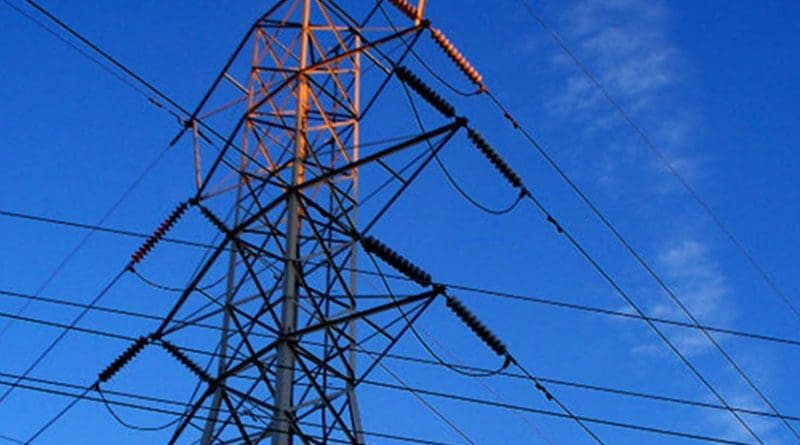Using ‘Smart’ Algorithm To Save Energy Bills — Rain Or Shine
“In the future, we expect to have various types of power supplies to every household including the grid, windmills, solar panels, biogenerators… The issues here are the varying nature of these power sources which do not generate electricity at a stable rate,” said Derong Liu, a professor with the School of Automation at the Guangdong University of Technology in China and an author on the paper. “For example, powers generated from windmills and solar panels depend on the weather and they vary a lot comparing to the more stable power supplied by the grid. In order to keep good use of these powers we need much smarter algorithms in managing/scheduling them.”
The details were published on the January 10th issue of IEEE/CAA Journal of Automatica Sinica, a joint bimonthly publication of the IEEE and the Chinese Association of Automation.
Liu and his team proposed implementing the residential energy scheduling algorithm by training three action dependent heuristic dynamic programming (ADHDP) networks, each one based on a weather type of sunny, partly cloudy, or cloudy. ADHDP networks are considered “smart,” as their response can change based on different conditions.
In the simulations, a power management unit liaises between the grid and residential units. Once the network determines the correct weather type from the forecast, energy is processed for use or battery storage. The algorithm can then follow residential real-time pricing to determine the cost of buying electricity from the grid, the benefit of selling power, and the penalty cost of buying at a time when demand is high. The penalty cost also helps encourage full cycles of battery usage so as not to overload the grid.
The goal is optimization: to keep providing power to the consumers by integrating more renewable resources and limiting the use of non-renewable resources. As green technologies evolve, according to Liu, the networks can learn and continue to optimize the scheduling system.
“It is possible to use machine learning algorithms to optimize the power scheduling problem of future residential energy use,” Liu said, noting that while a simple solution may work in specific cases, more complex solutions are needed as the various forms of energy sources increase. “The optimization problem to solve in this case is to minimize the cost for the household while keeping up with the energy load demand of the household… an algorithm [that] can learn on its own to find an optimal solution after it is implemented might be the only possibility in this case to solve such a complex optimization problem.”
Liu and his team plan to conduct a full-scale study of this problem by considering all currently available forms of energy sources in an experimental setting.

